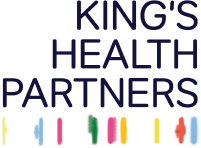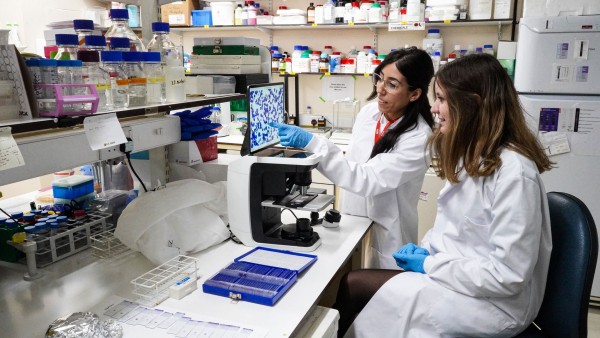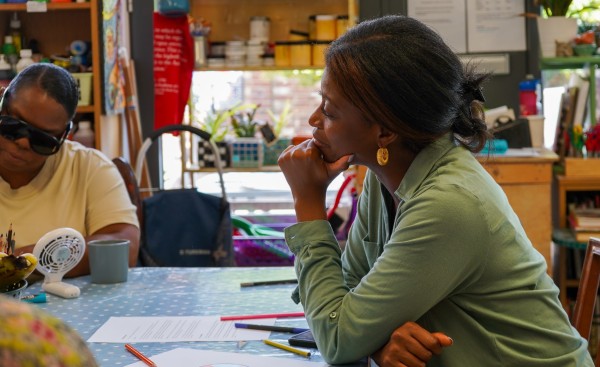7 July 2025
Prof Carsten Flohr shares how multi-disciplinary working advances knowledge of skin allergies, and the difference geography plays in diagnosis.
What is your role within King’s Health Partners?
I am Chair in Dermatology and Population Health Science at King’s College London as well as a Consultant Dermatologist at St John’s Institute, Guy’s & St Thomas NHS Foundation Trust. I am also Research & Development Lead for Dermatology at our hospital and Speciality Lead for the South London NIHR Research Delivery Network.
What do you enjoy most about your role?
My team has a special research interest in eczema (also called ‘atopic eczema’ or ‘atopic dermatitis’) and allergies. I particularly enjoy the multi-disciplinary working with colleagues across King’s Health Partners, as we are trying to understand how people become allergic to foods through the skin, how the mind and the skin interact in severe allergies, and how bacteria and fungi on our skin can lead to skin diseases.
We could not do this work without closely working with colleagues in paediatric allergy, paediatric sleep medicine, the Centre for the Developing Brain, the Institute of Psychiatry, Psychology and Neuroscience as well as the King’s College London Centre for Host-Microbiome Interactions. We also collaborate with the World Health Organization and dermatologists internationally in the Global Atopic Dermatitis Atlas project, which I lead.
What inspired you to get into this work?
Allergies are very common and lead to a profound impact on patients’ quality of life. Sometimes severe allergic reactions, for instance to peanut, can be even fatal, and I have been fascinated by the big differences in disease burden across the world. For instance, eczema as well as respiratory and food allergies are common in Europe and increasingly so in urban settings of middle and low income countries, yet rare in the countryside in Africa, East Asia and South America.
I want to find out why that is and develop new ways of preventing the development of these conditions and help find novel therapies, especially for those who are severely affected.
How does your work impact the lives of patients/communities?
Eczema is the most common inflammatory skin disease worldwide, affecting about 20% of children and up to 10% of adults. About 5% of people suffer of a food allergy.
I run a clinic for children and young adults with the most severe forms of eczema. Most of these patients also have food allergies, asthma, and hayfever. We work closely with clinicians from paediatric allergy, immunology, and respiratory medicine as well as a clinical psychologist, who is able to address the many psychological co-morbidities we see in our patients, such as anxiety and depression. Fortunately, we now have new injectable and tablet treatments available called ‘biologics’ and ‘small molecules’, which can be life transforming for our patients.
What are the benefits of working in partnership?
While I know a lot about the skin and allergies, it is only through the collaboration with experts from other fields that we are able to understand the links between the skin and the brain as well as how bacteria and fungi interact with our human immune system. This collaboration takes our research to a much higher level than we could deliver just within dermatology alone.
What would be your one career top tip?
The most impactful and fundable research today often lies at the intersection of disciplines, so reaching out to experts in other fields is key to build an impactful research programme that can make a difference to patients’ lives.





